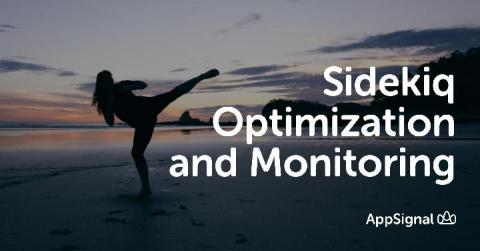Getting Started With System Tests in Rails With Minitest
In today’s post, we’ll look at system tests in Rails 6. System tests are meant to auto-test the way users interact with your application, including the Javascript in your user interface. Minitest, being the default testing framework in Rails, is a great match for system testing. With all the configuration that Rails handles for us, there are just a few steps needed before we have our first tests up and running.











